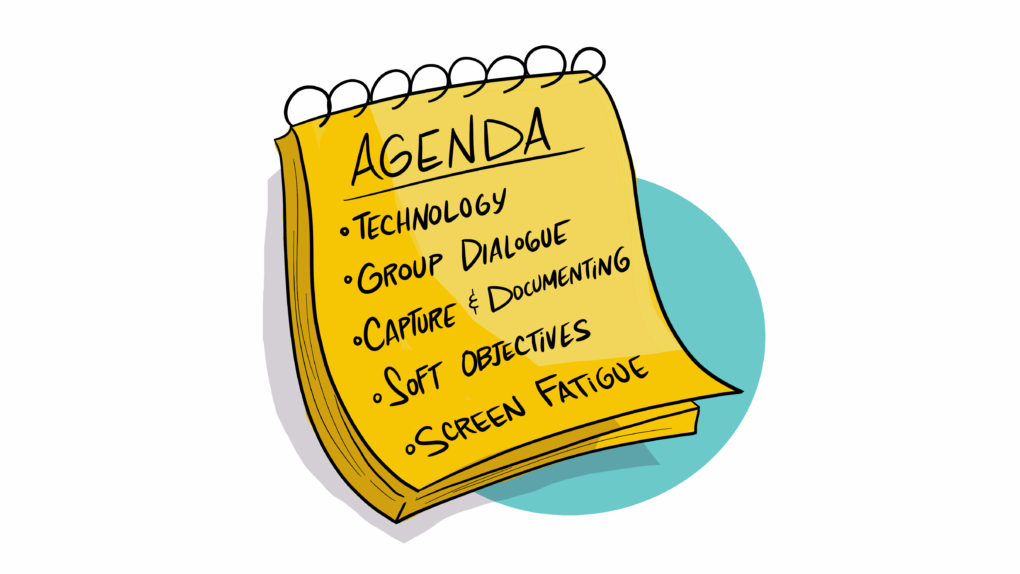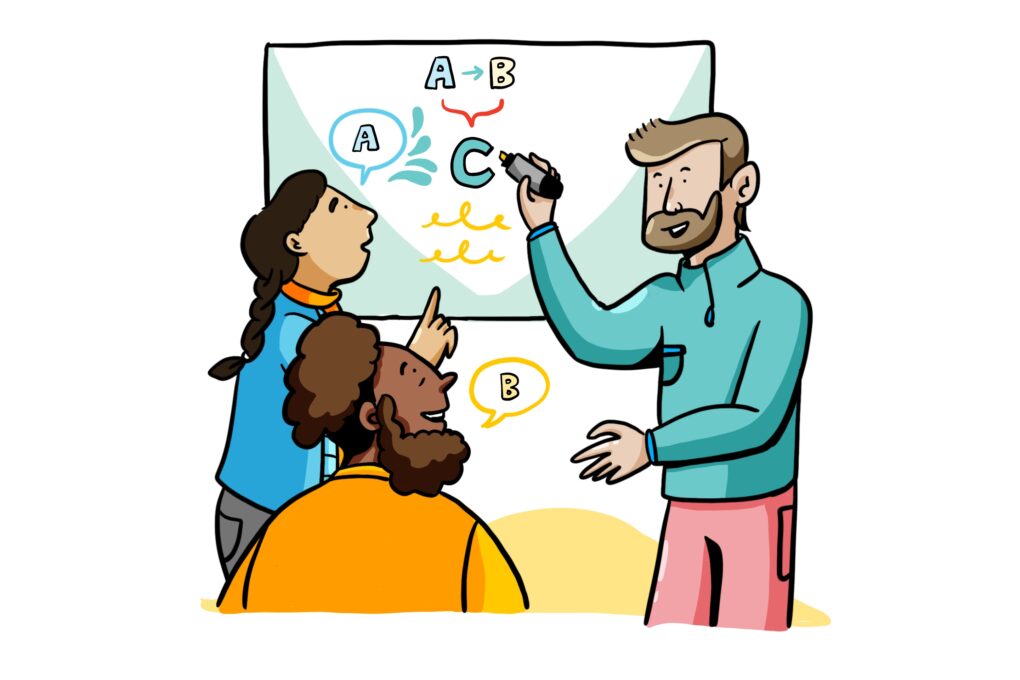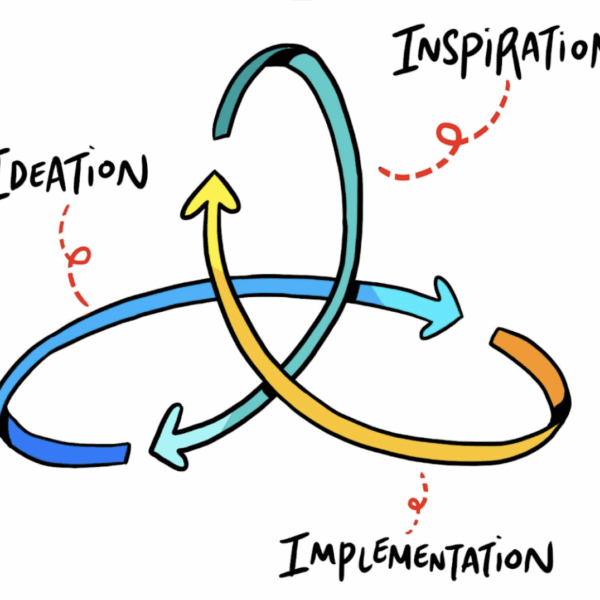Too often, women, non-white, queer, non-binary, or introverted individuals find their voices drowned out and their ideas sidelined in favor of the loudest voices in the room. As a professional graphic facilitator, I have supported thousands of meetings and brainstorming sessions, and have found that more often than not, those voices belong to those with the most confidence and seniority.

It’s true that most of us aren’t strangers to the issue of uneven meeting dynamics, or the frustrations that can arise from being overlooked, talked over, or otherwise excluded from the conversation. Plenty of us have likely faced interruptions, ridicule, and dismissal in our own career paths.
Yet these frustrations are but one crack in the foundation of a notoriously flawed system of meeting and organizational culture.
The science behind the unbalanced meeting
A meeting with any group of people involves a silent organization process driven by the Status Characteristics Theory – a form of status ranking through which team members develop a mostly unspoken consensus about who leads. This often unconscious “ranking” dictates who holds influence in the group, and greatly impacts the flow of conversation. Those who possess higher assigned status are addressed more often, looked at more often, and are less likely to be interrupted by other group members.
This phenomenon is exacerbated by group size (with few high-status members controlling more of the conversation as the group gets larger), and, as we’ve witnessed during the shift to virtual and hybrid work during the COVID-19 pandemic – by mode of meeting as well. Unfortunately, with these existing meeting dynamics, and all of their perpetuating factors, we have created a cascade of meeting challenges: dwindling contributions, lack of engagement, decreased preparation, and worse – an issue of psychological safety at work.
Ultimately, when psychological safety is jeopardized, a culture of “sit down, shut up” prevails, where women, other minorities, introverted individuals, and those with less seniority at work don’t have a say, or place in the virtual or physical office. Adversely, when employees feel safe at work, they are granted the space to speak, ideate, question, and grow without retaliation. Even Google, after conducting a two year study of their employees, can vouch for the importance of psychological safety – it’s the most common attribute found amongst their highest performing teams.
It may seem small, but the issue of uneven meeting dynamics, when left untreated by those in seniority roles, creates pressure that causes the crack to give.
Three tips for equalizing voices
Without getting into the gender politics of who is leading organizations and why, one thing is important to recognize: when only a few voices are heard, it’s not a healthy meeting or brainstorm. In fact, it says something deeper about the organization as a whole.
This reality is not limited to one industry but is especially prevalent in sectors that are historically male dominated. In ImageThink’s work with these industries and others, we work to combat meeting issues, drive organizational transformations, and unlock the creative potential of each individual with a unique visual approach that combines strategic thinking and creative expression.
With the looming domino effect of the unbalanced meeting, the question remains – how do we correct for these inequities?
1. Articulate Agenda Design
63% of meetings are conducted without a planned agenda. And yet, the simple existence of one not only reduces meeting time, but also allows team members the opportunity to prepare and think critically about discussion topics. When ImageThink facilitates meetings, we work closely and collaboratively with our client to create an articulate, visualized agenda that provides a lay-out of the day, along with allotted time for discussion topics and exercises.

With an agenda provided to meeting attendees, those in leadership positions provide those who are more soft-spoken, or slower and more methodical with a tool that enables their contribution to the overall conversation.
2. Professional Meeting Facilitation
Unsurprisingly, hiring a meeting facilitator is often the best solution for most meeting problems. Having a facilitator in the room adds a central authority figure to dictate and expand the discussion and flow of conversation. More importantly, that figure helps to elevate the voices of those who need it and reassure those who are speaking the most that their point is heard and registered.

For those in leadership roles, a graphic facilitator can be an invaluable resource for anchoring objectives and maximizing contributions.
3. Notetaking
Good notetaking, visual or otherwise, is an exceptional option if you’re looking to equalize voices. Documented notes not only provides a track record, and tangible asset to leverage the valuable insights of your team.

When ImageThink documents a meeting visually through graphic recording or facilitation, we enable the representation, and equalization of ideas. The simple act of illustrating a thought, idea, or question allows attendees to feel recognized and heard which ultimately encourages participation, engagement, and collaboration.
Fixing the foundation
In most instances, and especially meetings, many heads (and voices) are better than one. In meetings where few voices dominate the discussion, you miss out on the invaluable insights from the whole, shutting off differing perspectives, meaningful collaboration, and innovative ideas. Worse – you allow the unbalanced meeting to open your organization up to more threatening challenges, and ultimately cause the foundation to cave.
As you attend your next meeting, take notice of who is talking the most, and who holds back to make space for others. If you’re in a leadership position, or otherwise hold more authority, consider the ways you can involve the entire team into the discussion, and truly capitalize on your organization’s greatest asset – your people.
Better, balanced meetings.
Equalize voices and leverage the people of your organization with graphic facilitation.


